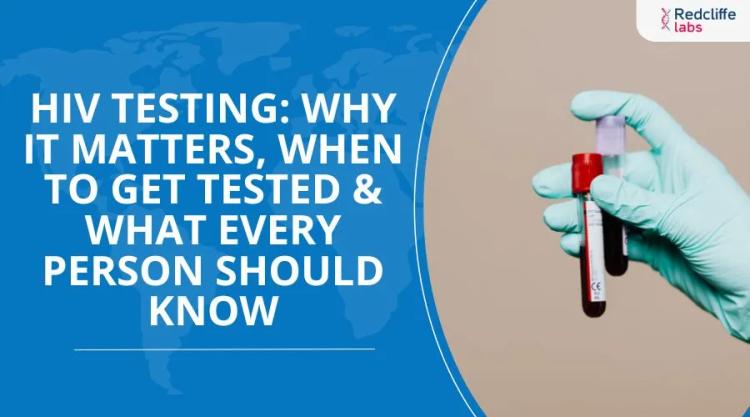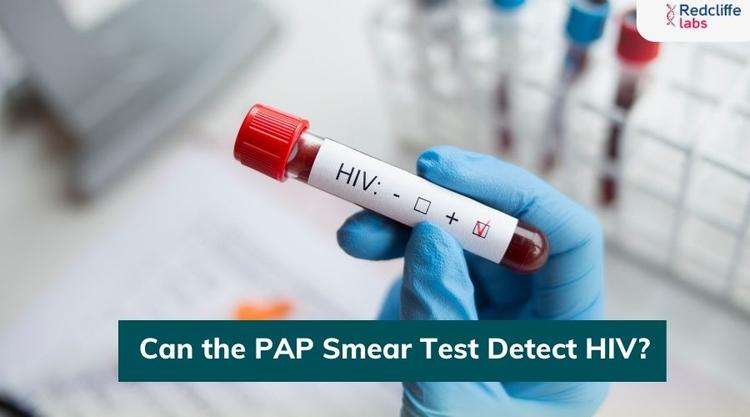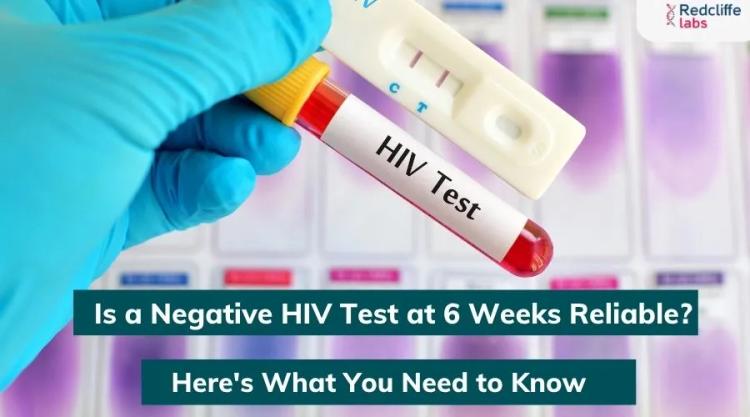Debunking HIV Myths: Unraveling Transmission Misconceptions

Medically Reviewed By
Dr Divya Rohra
Written By Kirti Saxena
on Nov 30, 2023
Last Edit Made By Kirti Saxena
on Jan 8, 2025

I can get HIV only by being around HIV-positive people. Mosquitoes can spread HIV.
While we are living in the era of modern technology, unfortunately still, there are a lot of misconceptions and misinformation about HIV and AIDS. According to WHO, 40.4 million people are living with HIV globally. In 2022, 630,000 people died from HIV-related causes, and 1.3 million people acquired HIV. But, advancements and innovations in testing and treatment have reduced the risk of transmission of HIV and allowed people to live long and healthy lives. This is true that there is no cure for HIV infection, and the only way to prevent it is via precautions, diagnosis, treatment, and care. HIV infection is a manageable chronic condition that, if diagnosed early and treated correctly, enables people to live long and healthy lives. Here in this blog, we will debunk some myths about the transmission of HIV and AIDS so that people living with HIV can vigorously combat it.
7 Common Myths About HIV/AIDS
HIV is a manageable condition, but due to lack of knowledge and misinformation, the HIV-positive status is a shameful status for people. The only way to break these misconceptions is by educating people. Let's break the myth around HIV.
Myth- HIV can be spread through touch
Fact- As per the Centers for Disease Control and Prevention (CDC), HIV cannot be spread through touching by hugging, shaking hands, sharing toilets, sharing dishes, or closed-mouth or kissing someone who has HIV. If you are not sure you are HIV positive, take an HIV Early Screen Test to know your HIV status. However, a person can only transmit HIV if the body fluids from a person who has the virus come in contact with-
- Blood
- Semen
- Breast milk
- Vaginal Fluids
- Rectal Fluids
- Using infected needles
Myth- HIV can be transmitted through mosquito bites
Fact- HIV cannot be transmitted by mosquitoes or other insects. It is a fragile virus and cannot survive long outside the human body. Mosquitos do not provide a suitable environment for the virus to remain replicate. When mosquitoes feed blood, the ingested blood goes through their digestive system, and the virus breaks down and is destroyed during this process. The virus requires specific immune cells to replicate, and the mosquitoes do not possess these receptors. Transmission of HIV requires direct contact with bodily fluids with infected persons.
Myth- You can get HIV from kissing.
Fact- HIV cannot be transmitted through kissing. The saliva cannot transmit HIV. The virus concentration in saliva is much lower than in other body fluids like blood or genital fluids. For HIV transmission, there would be a direct exchange of blood or other infectious fluids through mucous membranes or open sores. Casual kissing, or closed-mouth kissing and, does not involve the exchange of blood is not a significant risk for HIV transmission.
Myth- HIV is a death sentence
Fact- With the advent of technology and medical advancements, HIV is a manageable chronic disease. People living with HIV can live long and happily with proper treatment and precautions. Today, even the infected person has a normal life expectancy like non-infected people. HIV could raise the chances of getting diseases like heart disease, cancer, or kidney disease.
Myth- HIV-positive mothers will always have HIV-positive babies
Fact- Proper medical care, including antiretroviral medications, significantly reduces the risk of transmitting the virus from the mother to the fetus. Sometimes, the risk has been reduced to less than 1%. If you are HIV positive during pregnancy, closely contact your healthcare provider with proper and timely treatment and continued medicines for the baby for 4 to 6 weeks after birth. There are also some ways by which HIV can lower the risk of transmission. HIV risk can be reduced by choosing alternatives like C-section or bottle feeding after birth. Pregnant women are advised to take an HIV antibody test to know their HIV status to avoid transmission in their babies.
Myth- Straight people don’t have to worry about HIV infection
Fact- HIV is more prevalent in men who have male sexual partners. Gay and bisexual people have the highest rates of HIV transmission. Highest risk people are men who have sex with men. However, heterosexual people accounted for 24 percent of new HIV infections in 2016, out of which 2/3 were women. People who have multiple sexual partners, engage in unprotected sex, and use intravenous drugs are at high risk of HIV transmission.
Myth- If both partners are HIV positive, there is no need for precautions
Fact- The stains of the virus change with time, and if both partners are HIV infected and involved in unprotected sex, the risk of superinfection may arise. The superinfection is rare, but as per CDC, the risk is between 1 and 4 percent. However, the CDC recommends if both partners have HIV, then they should use condoms or precautions during every time of intercourse.
How are HIV and AIDS transmitted?
The Human immunodeficiency virus is transmitted through body fluids. Here are the modes of HIV transmission:
- Unprotected sexual intercourse
- Sharing needles or syringes
- Mother-to-child transmission
- Blood transfusion and organ transplantation
- body piercings, tattoos, or medical procedures without proper sterilization
Information and awareness about how HIV transmits is most important. HIV cannot be transmitted through casual contact, like hugging, kissing, shaking hands, sharing food, or through the air. The virus needs direct contact with body fluids for transmission. Consult with your healthcare provider and take the HIV Antibodies (confirmation) Test by Western Blot to know your HIV status.
How to take Care of Yourself with HIV?
With ART, there are certain things you must do to stay healthy with HIV. Here are some general recommendations for taking care of yourself:-
- The body required extra rest. Sleep 8 hours daily and rest whenever you feel tired.
- Don't stress too much. Be calm and be happy with your family and people around you.
- Exercise daily. You can walk or do any exercise you like.
- Consult with your doctor occasionally and be active with your treatment and medications.
- Avoid alcohol and smoking.
- Avoid taking unnecessary medicines.
- Get tested from time to time.
- Always use protection during sexual intercourse.
Takeaway
It is not possible to transmit AIDS, which is stage 3 HIV. HIV can spread through blood, semen, rectal fluids, vaginal fluids, and breast milk. Always take precautions and take necessary preventive measures to prevent transmission. The above common myths, like HIV transmitted through kissing and mosquito bites, are inaccurate. Trust the reliable sources and spread awareness to prevent HIV transmission. Get an HIV test and encourage your partner and friend to get the test. Testing is the only way to find out if you are HIV positive, and by testing, you can prevent its transmission. By identifying your status, you can start the treatment early and live a day and healthy life.


